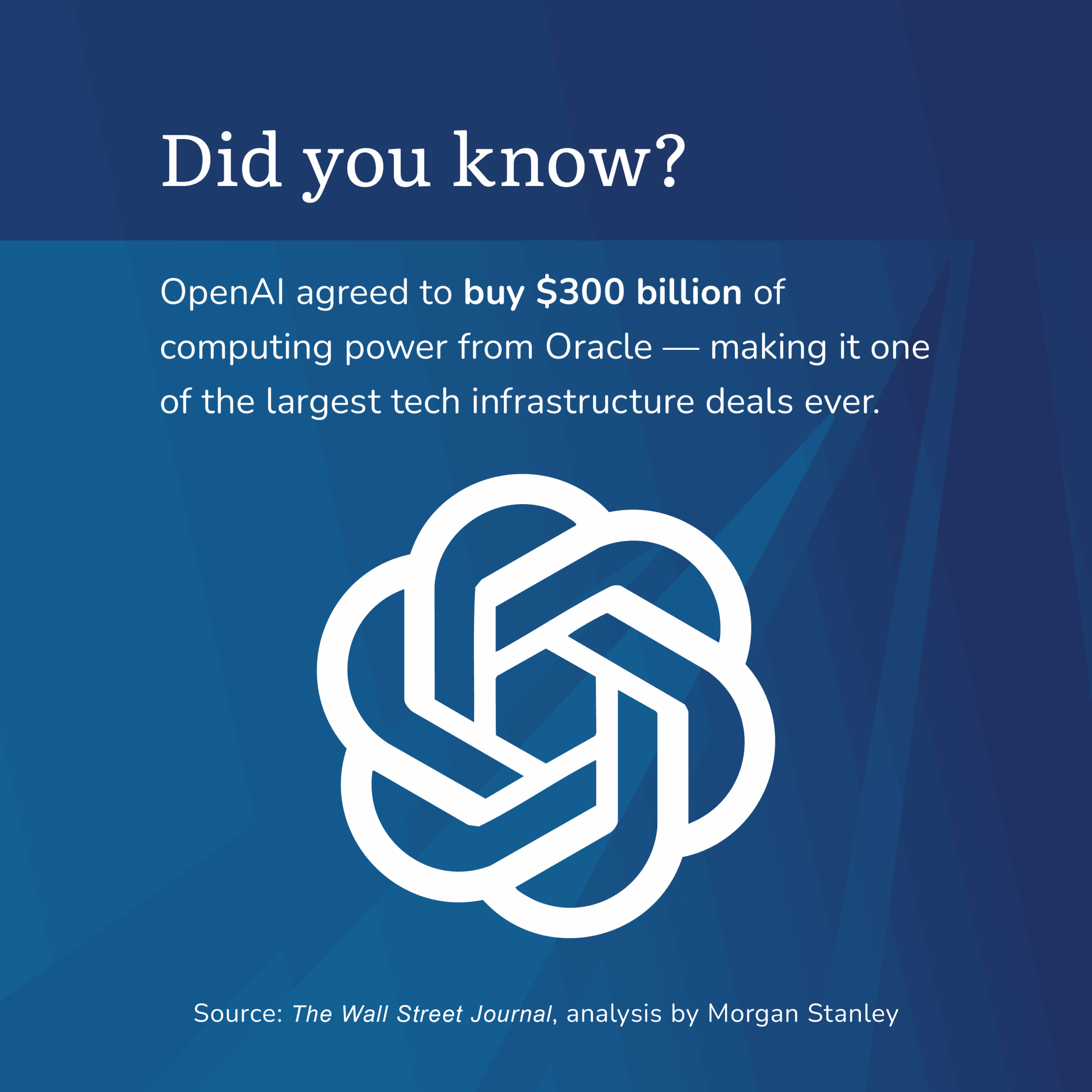Streamlining Success: The Power of Payroll Integration for 401(k) Plans
Why Payroll Integration Matters
In today’s fast-paced business world, companies face the challenge of balancing efficient operations with compliance and employee satisfaction. One area where streamlining operations can make a significant difference is the management of 401(k) retirement plans. Payroll integration with 401(k) systems not only simplifies administrative tasks but also boosts compliance, accuracy, and overall plan health.
As businesses increasingly recognize the value of offering robust retirement benefits, adopting payroll integration becomes a strategic move for both the company and its employees.

Fiduciary Responsibility and Compliance: The Critical Role of Payroll Integration
As a plan sponsor, it’s your fiduciary duty to ensure that employee contributions are made accurately and on time. Payroll integration plays a vital role in meeting this responsibility by reducing errors and ensuring compliance with regulations.
Under ERISA guidelines, employers must deposit employee contributions on the earliest date they can segregate funds from the company’s general account—no later than the 15th business day of the following month. Small plans with fewer than 100 participants are held to a standard of 7 business days from the payroll date contributions were withheld.
Payroll integration automates this process, ensuring that contributions are timely and accurate. The result? Reduced risk of missed or late deposits and avoidance of costly penalties or potential plan disqualification.
Streamlining Administration: Say Goodbye to Manual Work
One of the standout benefits of payroll integration is the reduction in administrative burden. Automating data transfers between payroll and 401(k) systems eliminates the need for manual data entry, reducing errors and saving valuable time.
With a 360-degree payroll integration, data flows seamlessly between payroll and 401(k) systems. For example, if an employee changes their contribution rate or takes a loan, this information is instantly updated across both systems. This eliminates the need for HR staff to manually enter updates, reducing mistakes and increasing efficiency.
Boosting Employee Engagement: Enhancing Contributions and Plan Health
Payroll integration does more than just streamline administration; it can also improve employee engagement and plan health. By automating the deferral process, contributions are processed on time and accurately, which helps increase employee satisfaction and plan participation.
Employees are more likely to enroll in a plan and make changes to their contributions when the process is simple and seamless. Automated processes ensure that adjustments are made quickly, leading to higher participation rates and improved plan metrics.
Real-World Impact: How Integration Makes a Difference
Consider a mid-sized manufacturing company that implemented payroll integration for its 401(k) plan. Prior to integration, the HR team spent hours each pay period entering contribution data by hand and correcting the occasional error. After adopting 360-degree payroll integration, the company experienced immediate benefits:
- 75% reduction in administrative time spent on 401(k) management
- Near elimination of contribution errors
- 15% increase in employee participation rates
- Avoidance of costly compliance penalties
Best Practices for Implementing Payroll Integration
If you’re considering payroll integration for your 401(k) plan, keep these best practices in mind:
- Choose a provider with strong integration capabilities to ensure smooth connections with various payroll systems.
- Opt for a 360-degree integration for the most comprehensive synchronization between payroll and 401(k) systems.
- Ensure your payroll provider supports the level of integration you need for seamless data flow.
- Regularly audit the integration to maintain accuracy and compliance.
A Smart Investment in Your Company’s Future
Payroll integration for 401(k) plans offers significant advantages, from streamlining administrative tasks to improving plan effectiveness. By automating the process, businesses reduce the risk of errors, ensure timely contributions, and enhance employee engagement.
The investment in an integrated system pays off in the long term with time savings, reduced errors, and improved employee satisfaction. A well-managed 401(k) plan is a key tool for attracting and retaining top talent—helping your employees secure their financial futures while contributing to your company’s success.
Ready to streamline your 401(k) administration and boost employee satisfaction? Connect with a plan specialist to discuss how payroll integration can benefit your retirement plan.
Categories
Recent Insights
-

When Love Ends, Who Keeps the Picasso? Dividing Art and Collectibles in Divorce
Divorce is never only about dividing assets. For many couples, the most difficult conversations don’t revolve around bank accounts or real estate—they center on the art, antiques, wine, or collectibles that hold both financial and emotional weight. Over the years, I’ve seen how these items often represent more than monetary value. They are memories, passions,…
-

Talk Your Chart | Market Reversals, AI Interdependence, and What Investors Should Know | Ep. 74
In episode 74 of Talk Your Chart, Brett Horowitz is joined by Lane Jones, Chief Investment Officer at Evensky & Katz / Foldes, to examine some of the most surprising market behaviors of 2025. They break down this year’s historic intraday reversals, why strong economic data can still trigger weak market reactions, and how rate-cut…
-

Combining Donor-Advised Funds and Private Family Foundations for Charitable Giving
When families embark on a philanthropic journey, they often consider whether to create a private family foundation (PFF) or establish a donor-advised fund (DAF). Both vehicles are powerful tools, each with distinct advantages. In practice, many families find that using both together can provide the flexibility, simplicity, and impact they seek. With careful planning, the…
-

Here’s How To Take Your Wine Investment Portfolio to the Next Level
Many investors exploring the world of wine as an asset start with a handful of bottles or a platform account. However, the real challenge (and opportunity) lies in taking a portfolio from “starter” to strategically optimized.
-

The OBBA §179 Deduction: Conversations Every Business Owner Should Be Having
It’s all the buzz… Congress passed another “new law” — the One Big Beautiful Bill Act (OBBBA). In it, major changes to the OBBA §179 deduction start in 2025. For small and mid-sized businesses, this could result in significant tax savings and better cash flow when investing in equipment, technology, or improvements. Forget all the…
